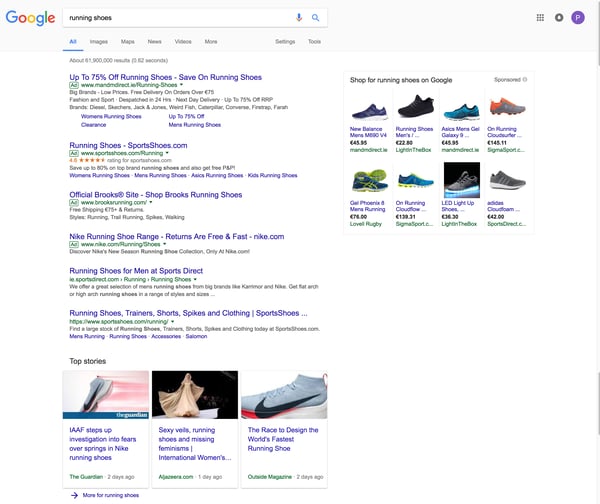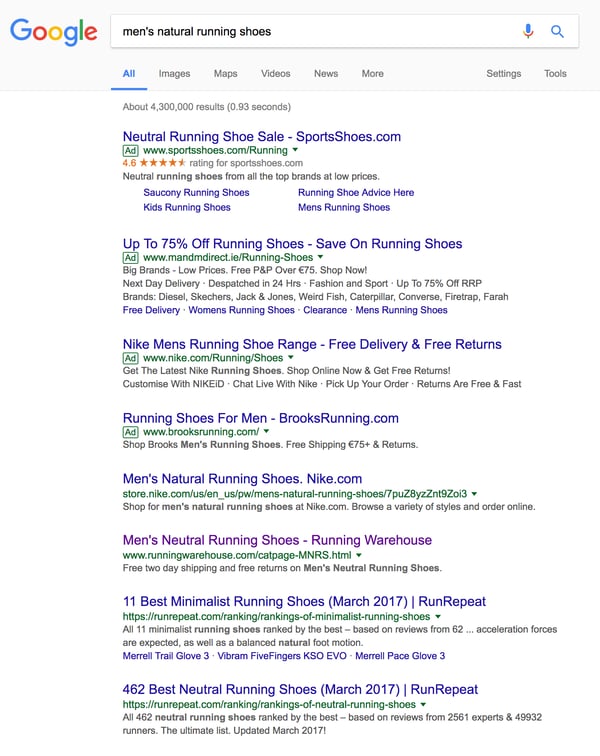What’s the first idea that comes to mind when you think of user-generated content?
Answer - boosting sales through reviews.
But did you know that content generated by your consumers could also help you create pages that closely match search user’s intent, and in turn, improve your rankings?
That’s exactly what Michael DeHaven, the Senior Manager, Product and SEO at Bazaarvoice showed us at Clarity’16.
Think of your last five online searches - what type of results did you expect to find?
It's likely you either looked for a list of options you could choose from - for example, a list of restaurants nearby or product suggestions. Or you wanted Google to provide you with a direct answer - a product page, perhaps, or an article explaining how to solve your problem. In fact, as Michael pointed out, our online searches typically fall into one of the following six buckets:
#1. Homepage. This search type usually occurs when you want to visit a company’s homepage, but either don’t remember the domain extension or are too lazy to type the .com or so.
#2. Category. In this scenario, you explain your problem with one or two words, a category. “Running shoes” is a good example here. It describes the product but provides no additional information to fine tune the results.
You expect Google to provide you with a multitude of information relating to the category, including advice, shopping options, etc.

#3. Branded. You also often search for a specific brand that can help you solve your particular problem.
#4. Category with Criteria. In this search, you specify the category but provide some additional criteria to help fine-tune search results adding one or two adjectives. For example:

#5. Product/Location Name. You most likely use this search type when you know a particular product or service can help you solve your problem.
#6. Long-tail Keywords that you use when you aren’t sure how to describe the problem and trust Google to provide you with a solution based on whatever details you specify.
According to Michael, even though we use five different search types (leaving out the homepage scenario), we expect only one of the two results:
A.) A list of options to choose from. (This intent is relevant to about 70% of searches)
B.) A detailed page that provides particular information we’ve requested. (30% of searches)
Pages in that 70% of searches typically fail to deliver on the actual user intent!
Yup! In fact, the only pages that meet the user intent criteria are product pages. And those fall into the 30% of searches. So our challenge is how we create pages that match the majority of user intents for the searches in the 70% category.
The recommendation based on Bazaarvoice's real-life tests is to incorporate user generated content. Want to see how and why you should incorporate? Fill out the form at the end of this post to watch the full presentation.
According to the research and tests that Bazaarvoice executed with their clients, the answer is YES! Here are the two definitive case studies from Michael’s presentation:
Two months after implementing Bazaarvoice’s Spotlights product on this site, they experienced a massive spike in rankings, compared to pages without user generated content that included the garbage footers.
Another use case proved that actually not having UGC resulted in loss in rankings and drop in revenue: